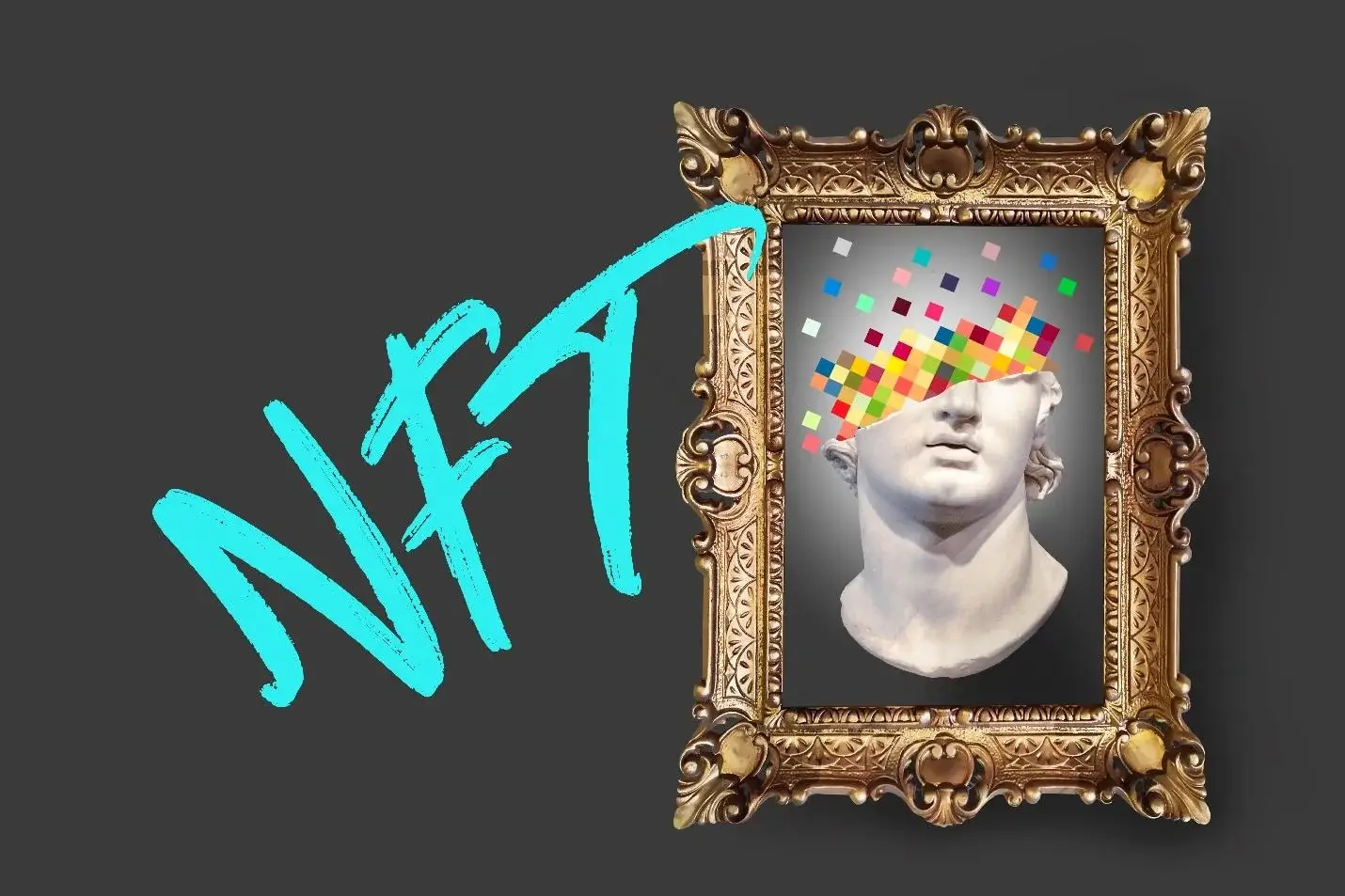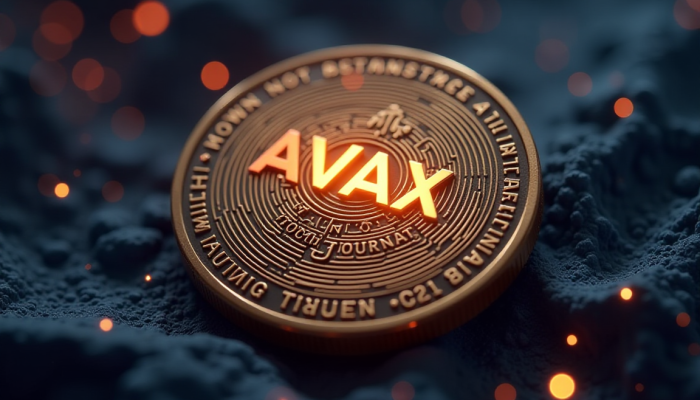If you think about non-fungible tokens (NFTs), you probably associate them with the ones found mainly on Ethereum and Solana. However, before these networks started to create thriving NFT ecosystems, Bitcoin had already experimented with some NFTs when the term didn’t even exist. Even if those were more of an experiment, over the years, the […]
The post An introduction to Ordinals: Exploring the Intriguing World of Bitcoin NFTs appeared first on Coindoo.
If you think about non-fungible tokens (NFTs), you probably associate them with the ones found mainly on Ethereum and Solana. However, before these networks started to create thriving NFT ecosystems, Bitcoin had already experimented with some NFTs when the term didn’t even exist. Even if those were more of an experiment, over the years, the Bitcoin platform has evolved with the help of numerous upgrades, and this is how the Ordinals came to be.
Bitcoin Ordinals are the equivalent of the NFTs on the Bitcoin blockchain, which have been possible to be developed with the help of Satoshis. In this article, we will dive into the intriguing world of Ordinals. Let’s start.
Analyzing the Ordinals
Ordinals represent Bitcoin NFTs and are one of the most important developments in the web3 landscape so far. Ordinals were launched on 20 January 2023 by Casey Rodarmor to offer the possibility to people to create NFTs on Bitcoin. Although the concept of non-fungible tokens on the Bitcoin platform is not something new, as previously Bitcoin used layer-2 networks to be able to develop Bitcoin-based NFTs, this time, the ordinals are created directly on Bitcoin.
-----Cryptonews AD----->>> <<<-----Cryptonews AD-----
Since the moment that the ordinals were launched, over 200K Ordinal NFTs have been minted by numerous developers, users and crypto enthusiasts, who have been attracted by the potential of these new developments.
Ordinals are Bitcoin NFTs that are created by attaching data, including images and videos, to an individual Satoshi. They function directly on Bitcoin, with the help of the ordinal theory, a logical ordering system that provides a unique number to each Satoshi.
Ordinals don’t require extra layers and work without making big changes in the Bitcoin protocol. If you want to invest in Bitcoin NFTs, you can take a look at Ordinals Magic Eden because there you will find a large variety of digital assets from which to choose.
The evolution of the Bitcoin NFTs
The idea of the Ordinals didn’t come out of a sudden, but numerous experiments paved the way for them. For example, in 2012, Meni Rosenfeld, the president of the Israeli Bitcoin Association, released a whitepaper about colored coins, where he had the idea to make some parts of Bitcoin special by coloring them so that people would be able to distinguish them for the rest, track their origin and assign them with special properties. In this way, the colored Bitcoin could be further used for commodity certificates, alternative currencies, and other important puropes. Although this idea didn’t lead to the creation of ordinals, it paved the way for more experiments.
For instance, two years later, more specifically in 2014, two digital artists, Jennifer and Kevin McCoy, created the world’s first NFT, Quantum, on the Namecoin blockchain, which represents a Bitcoin fork. The path to Bitcoin NFTs also continued in 2015, when Everdream Soft designed Spells of Genesis (SOG), which was the first NFT trading card project.
The NFTs from the Spells of Genesis contained cards which represent memorable moments from the blockchain history. Additionally, players could trade and collect the cards to challenge opponents and build their deck. In 2016, a new digital collectable project was launched, Rare Pepes, which was developed on Counterparty and was home to almost 1,800 collectable cards inspired by the character Pepe the Frog. Every card featured Pepe in a funny form, and Homer Pepe is the one that gathered the most attention, as it was sold for $38,500 back in 2018 when the first live auction for blockchain art was held.
After the collection of Rare Pepes, the majority of the NFT innovation occurred on Solana and Ethereum. Ordinals were created some years later, in 2023, and were possible with some important network updates. For example, the two upgrades that enabled the development of Bitcoin NFTs on the main chain were the Taproot and the Segregated Witness (SegWit), which occurred in 2017 and 2021.
How do Ordinals work?
Bitcoin Ordinals have a unique identification number that is assigned to Satoshis, the smallest unit of Bitcoin. All this data is known as an inscription, and ordinals serve as a timestamp and establish the order of the Satoshis. Ordinals function with the ordinal theory, which encourages participants to check the chronology of Satoshis. Each time a Bitcoin transaction occurs, it is recorded on the blockchain, and in the case of Satoshi, they are provided with a unique ordinal number that can be compared with a digital fingerprint. The ordinal number is created with the help of complex cryptographic algorithms, which makes it impossible to forge or tamper with.
What is the impact that Ordinals have brought on the Bitcoin blockchain?
Most people believe that Ordinals represent an elegant and innovative way to improve Bitcoin’s sustainability in the long term. This is an essential feature, as eventually, Bitcoin will lose its block rewards and rely only on transaction fees to provide revenue for miners. Additionally, Ordinals can attract more users and developers who are interested in this type of innovation.
Individuals also consider Ordinals more decentralized, secure and censorship-resistant than regular NFTs, as they don’t rely on intermediaries and third-party platforms. However, some opinions believe that the Ordinals are a waste of Bitcoin’s important resources. They have this belief because they think that the data associated with the inscription can lead to congestion and higher fees.
Wrapping up
Previously, Ethereum was the top choice blockchain for the development of non-fungible tokens. However, innovations in the web3 and crypto landscape have led to new solutions, and this is how the Ordinals have appeared on the Bitcoin network. These Ordinals use a special mechanism called inscription, which adds unique data to Bitcoin.
The post An introduction to Ordinals: Exploring the Intriguing World of Bitcoin NFTs appeared first on Coindoo.





